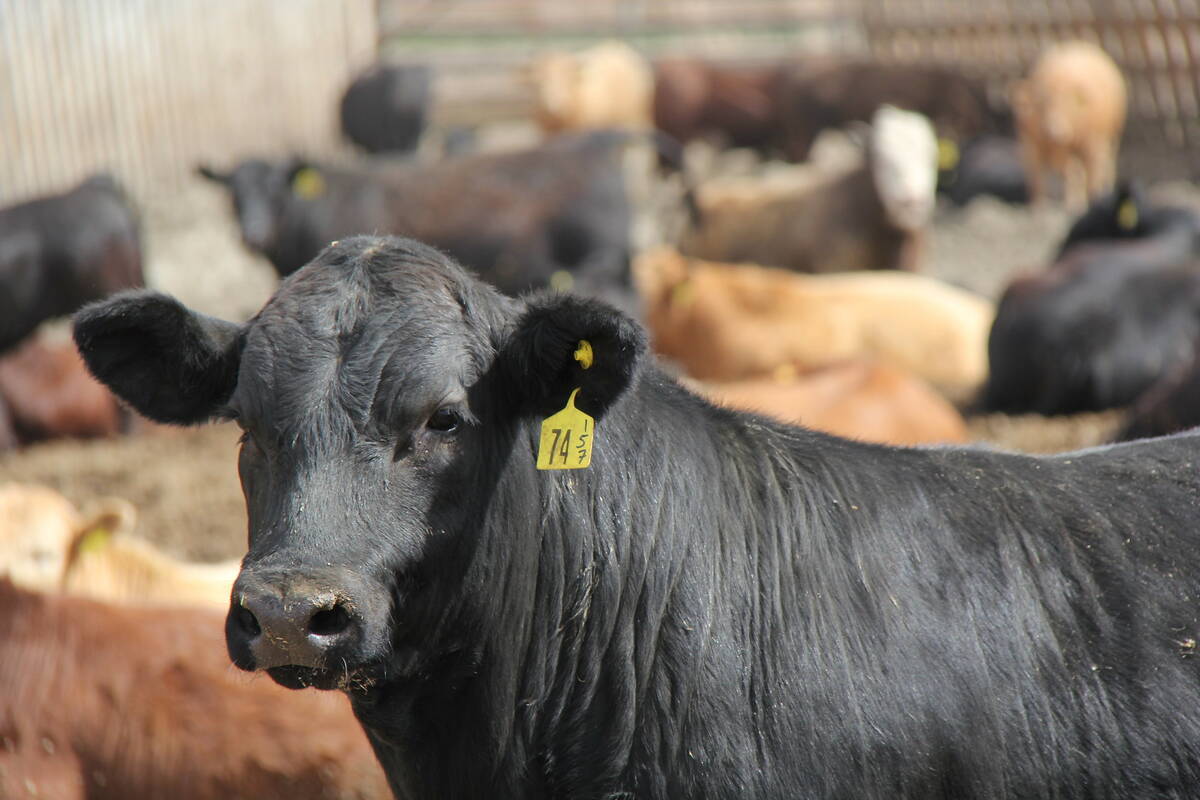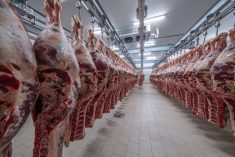An H5 strain of avian influenza has been confirmed on a commercial poultry farm in southern British Columbia, the Canadian Food Inspection Agency confirmed Saturday.
“Tests to date indicate that the strain of AI in this case is low-pathogenic,” the agency said in a release. “Further testing is underway to confirm pathogenicity and to determine the precise subtype and strain of the virus.”
Whether “low-path” or “high-path,” all birds on the infected premises will be humanely euthanized and disposed of, CFIA said Saturday.
Once all birds have been removed, CFIA said, it will oversee cleaning and disinfection of barns, vehicles, equipment and tools to “eliminate any infectious material that may remain,” the agency said.
Read Also

Klassen: Cash feeder market divorces from futures market
For the week ending October 11, Western Canadian yearling markets traded $8/cwt higher to $5/cwt lower compared to seven days…
CFIA said it will restrict movement of poultry and poultry products within three km of the infected premises. The agency said it is relying on all backyard poultry owners to monitor flocks and immediately report sick or dead birds.
The CFIA is also investigating any recent movement of birds, bird products and equipment onto and off of the infected property.
CFIA said it will also notify the World Organization for Animal Health (OIE) and international trading partners of the situation.
CFIA didn’t say in its release where the H5-positive poultry farm was located, but the Reuters news agency reported Friday that the infected farm is a turkey operation in the Fraser River valley.
The region includes most of B.C.’s poultry production and has had outbreaks of bird flu before, the biggest of which was in 2004.
While the best known “high-path” strain of bird flu, H5N1, is still overwhelmingly a birds’ disease, since 2003 it has killed about 250 people worldwide, generally those who have had direct contact with infected birds and their blood.
Experts in zoonotic diseases have said H5N1 runs a risk of mutating or combining with a higher-pathogenicity flu virus, spurring a flu pandemic in humans.















